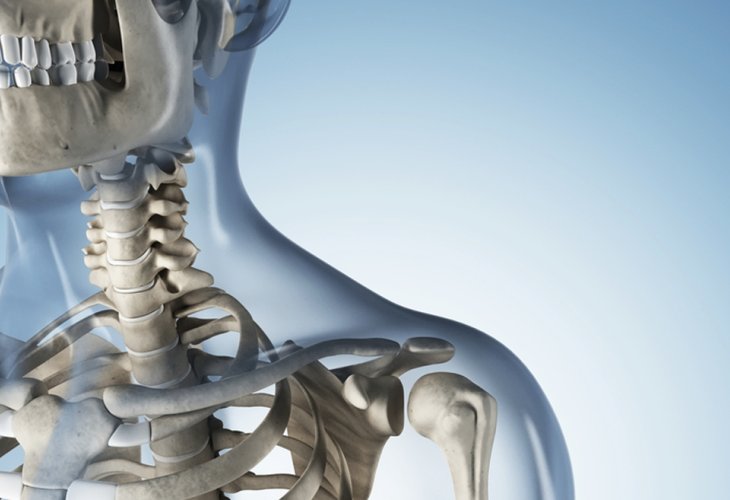Building a Strong Foundation: Tips for Healthy Bones
Our skeleton is the backbone of our body’s strength. What can we do to fortify it?
 (Photo: shutterstock)
(Photo: shutterstock)Our skeleton is made up of protein and minerals. The primary protein is collagen, which is produced from amino acids.
In order for our body to produce collagen from amino acids, vitamin C is essential. Without it, the body cannot synthesize amino acids into collagen, crucial for developing a strong and well-built skeleton. In childhood, providing vitamin C is especially important.
The minerals that build the skeleton include calcium, magnesium, phosphorus, boron, and silica. Together, these minerals create the "mineralization" of the skeleton.
Between ages 11-18, it's particularly important to supplement all these minerals to ensure the skeleton develops solidly. Boosting these minerals prevents future issues.
From age 20, the skeleton is in a dynamic state. Cells break down, but new bone cells regenerate. Up to age 35, the process of breaking down old cells is balanced with building and renewal. Starting at 35, the process reverses—breakdown accelerates more than building, slowing the creation of new cells and creating problems in the skeleton. Our task is to slow down the breakdown and loss of bone.
The key phrase regarding the skeleton is "Use it or lose it."
Walking every day, along with exercises applying pressure on the skeleton, helps calcium absorb properly into the bones.
It’s important to consume enough calcium: adults need 1200 mg daily, and children 1500 mg. Always opt for calcium citrate over carbonate!
Vitamin D3 aids in calcium absorption. Your blood level should be at least 30. If lower, take a supplement with 1000 IU, in drops. If blood levels are below 10, 2000 IU is recommended, but no more.
Spending about 20 minutes in the sun daily boosts vitamin D production. It's beneficial to drink green tea beforehand to protect skin from the inside, as green tea contains antioxidants against UV rays.
There is a bone disease known as osteoporosis—bone thinning. In X-rays, you can clearly see hollow sections in the bone. To prevent the condition from worsening, engage in physical activity and exercises applying pressure on the bones. This activity accelerates the rate of new bone cell growth. Additionally, it's advisable to take the stairs instead of the elevator, and consume lots of calcium from food sources—green vegetables, seeds, pumpkin and sunflower seeds, whole sesame, ground flax, cabbage, lettuce, and sprouts.
To book a home workshop with Rebbetzin Rachel Bazri, call 073-2221240 or 052-9551588

